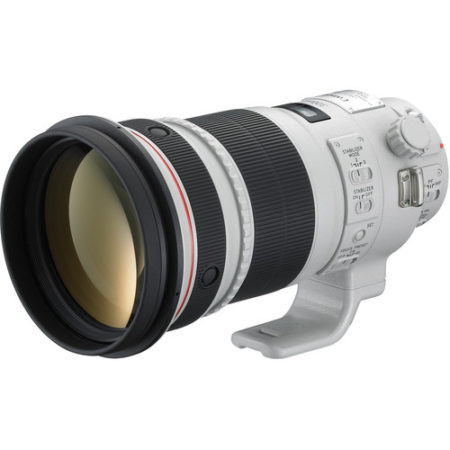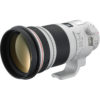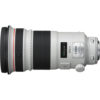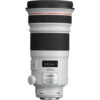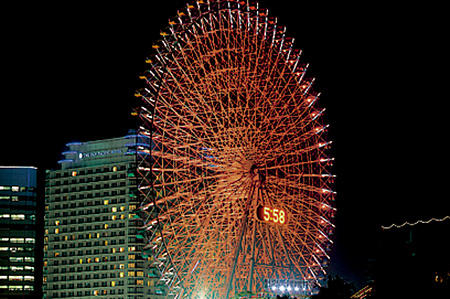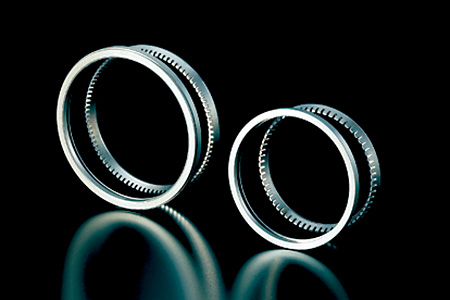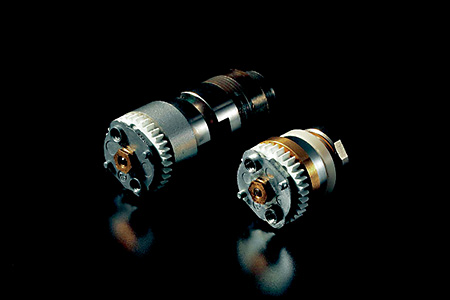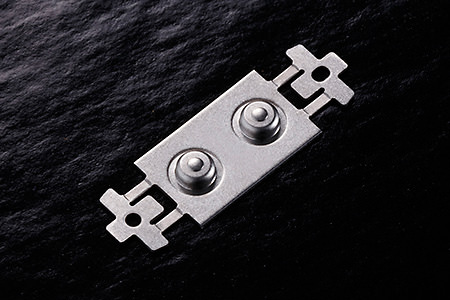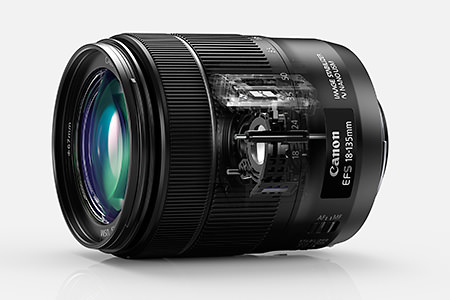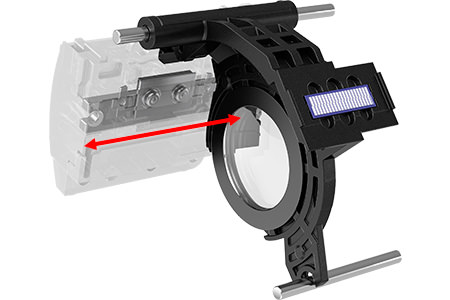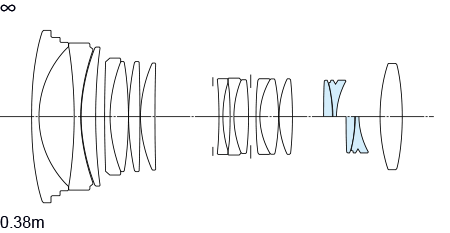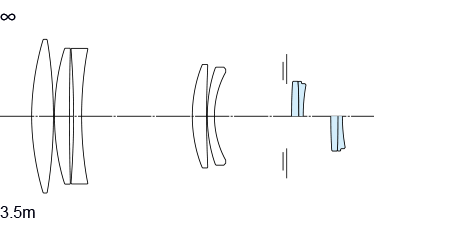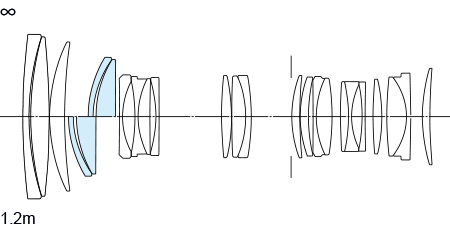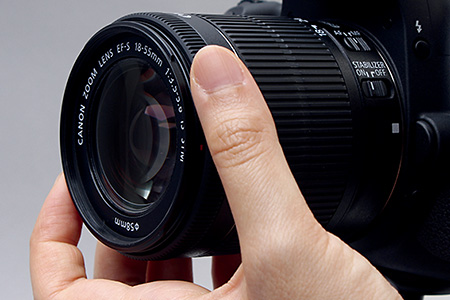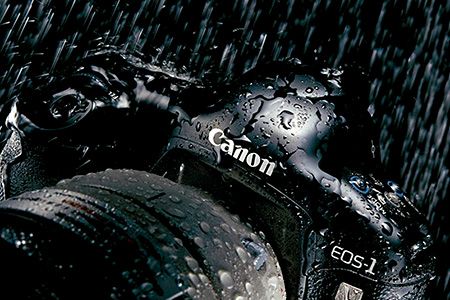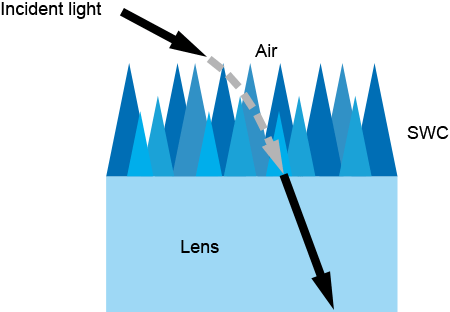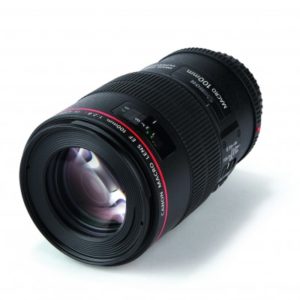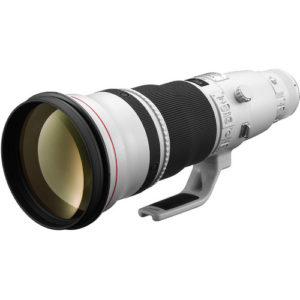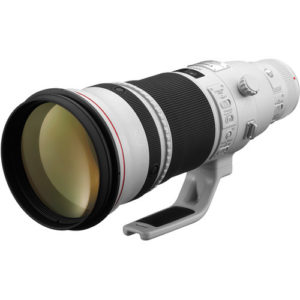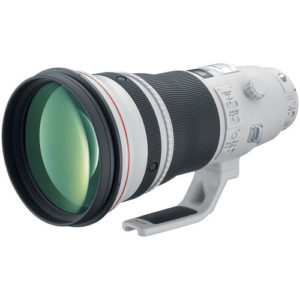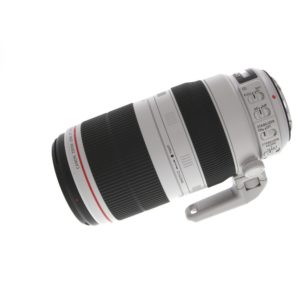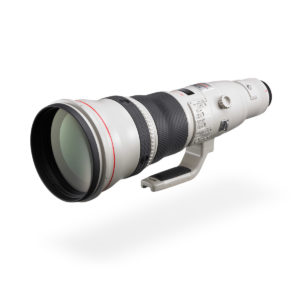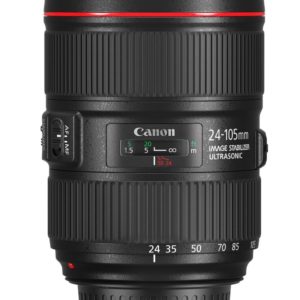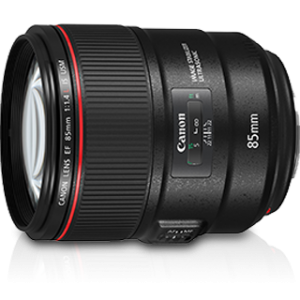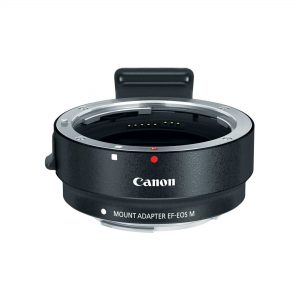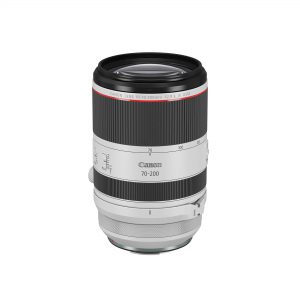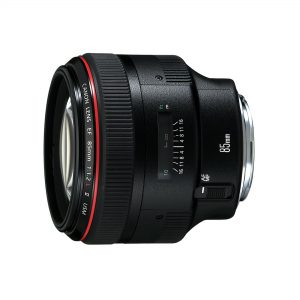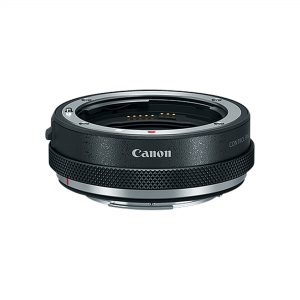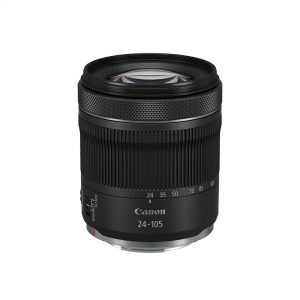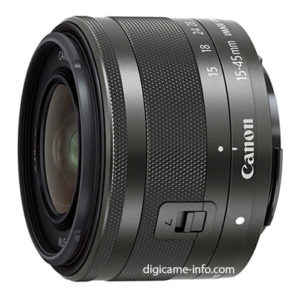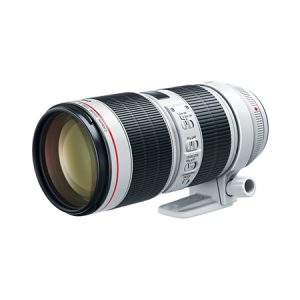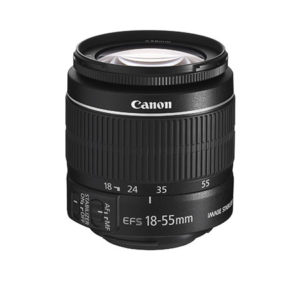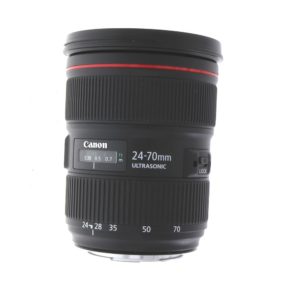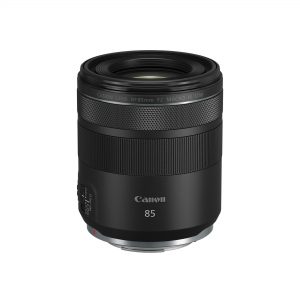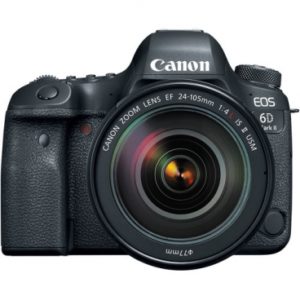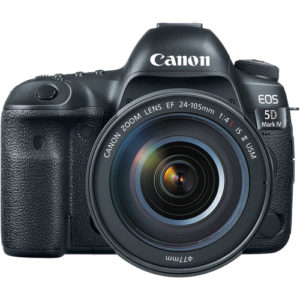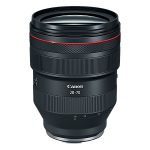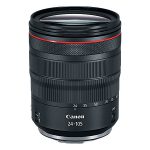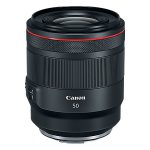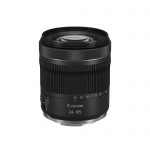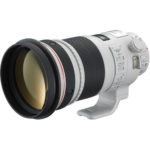Overview
A worthy successor to the popular Canon EF 300mm f/2.8 IS, the all-new Canon EF 300mm f/2.8 IS II USM super telephoto lens is lightweight, weighing approximately 13% less than its predecessor, yet offers faster operation, improved image stabilization and superior optics. Incorporating Fluorite elements for improved image quality and reduced chromatic aberration plus a number of advanced coatings to minimize ghosting, flaring, and with a newly developed Fluorine coating that keeps soiling, smears and fingerprints to a minimum, the EF 300mm f/2.8 IS II USM is ready to deliver spectacular images in an instant. With a third Image Stabilization mode (Mode 3) that activates IS only when the shutter button is fully pressed, and giving the equivalent effect of a shutter speed four stops faster, the EF 300mm f/2.8 IS II USM allows for easy panning and is ideally positioned for professional action photography. The EF 300mm f/2.8 IS II USM also features a new security slot for wire-type security locks.
High performance super-telephoto lens
With a large aperture of f/2.8, the EF 300mm f/2.8L IS II USM is a high performance super-telephoto lens delivering exceptional image quality in a durable and lightweight design.
L-series quality
The L-series is Canon’s flagship professional lens range, representing the best in precision-designed EF optics. L-series lenses combine superior performance with superlative handling, and are highly resistant to dust and moisture.
4-stop Image Stabilizer
A 4-stop optical Image Stabilizer – specially designed for the lens’ specific focal length range – works to counteract image blur, which can occur during handheld shooting, or at slow shutter speeds. Automatic panning detection ensures effective performance when tracking moving subjects and, as the IS system is based in the lens, results are visible through the viewfinder during framing.
Enhanced image quality with SWC coating
Designed for use in digital photography, Canon’s patented Subwavelength structure coating helps minimise the ghosting and flare caused by internal reflections. By eliminating the cause, the coating reduces reflections and helps to deliver crisp, clear images.
3 IS Modes
Ideally suited for all types of action photography especially those disciplines that require the utilization of panning, the new IS mode 3 only activates the image stabilizer element during exposure.
Fast, quiet auto focus
A ring USM (Ultrasonic motor) uses ultrasonic frequency vibrations to drive extremely rapid auto focus with near-silent operation. A high-speed CPU and optimised AF algorithms contribute to fast AF performance. Full time electronic manual focus override is available without having to switch out of AF mode.


